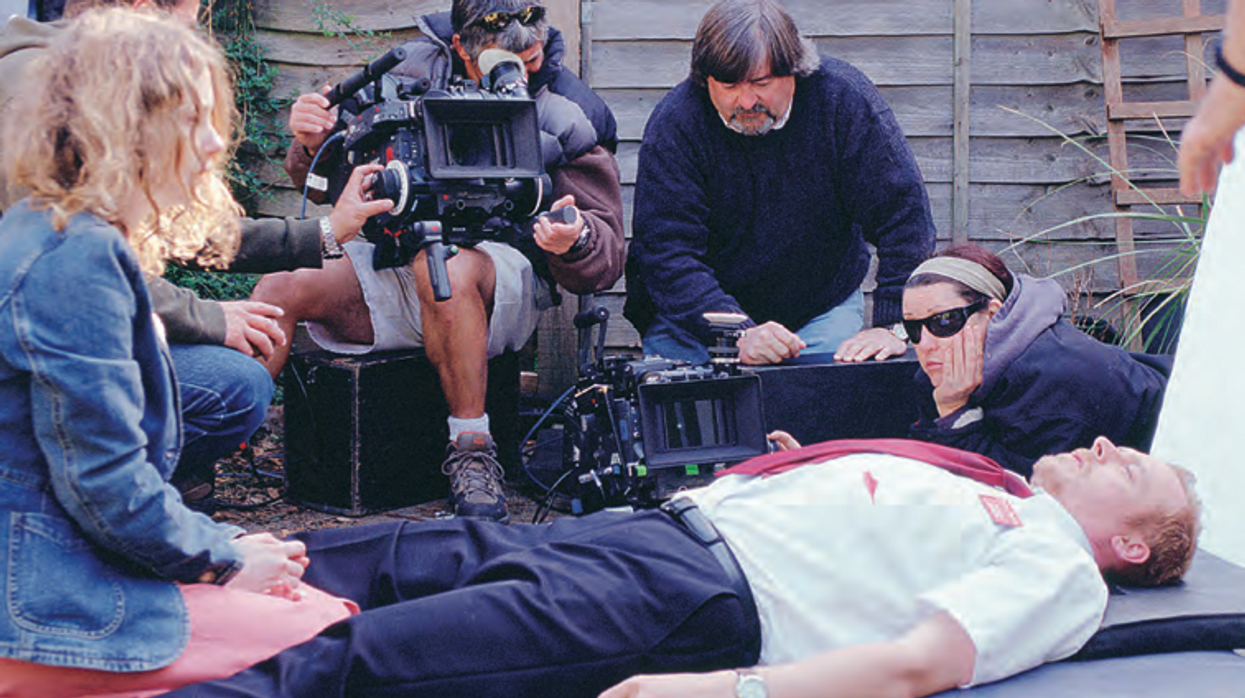Cornetto Cult Assemble! Check out an Interactive 'Shaun of the Dead' Screenplay & Featurettes

With the release of Edgar Wright's sci-fi comedy The World's End, starring the dynamic duo Simon Pegg and Nick Frost, inching ever closer, Focus Features has decided to release a free interactive screenplay of Shaun of the Dead, which you can view online or download in a pdf. Full of behind-the-scenes photos, sketches, cast interviews, and storyboards, the screenplay is more than a marketing maneuver for the film -- it's a way to rally the Three Flavours Cornetto Cult as the wait for The World's End nears its end.
The Verge brings up a great point in their article about the SOTD screenplay:
It's fairly unusual for a producer / distributor to release a screenplay for free, especially one so rich with additional content — such things are usually saved for DVD or Blu-ray extras.
The interactive screenplay is a great way for fans to get hyped about the U.S. release of The World's End on August 23rd. It contains all sorts of behind-the-scenes goodies, like photos, sketches, photos, film stills, interviews, and videos from the film. It's available online or in a downloadable pdf on the Focus Features website.
Focus, in conjunction with TWE, has also released a number of featurettes for fans as well, including one describing where the name "Three Flavours Cornetto Trilogy" came from, as well as one highlighting director Edgar Wright.
The Three Flavours Cornetto Trilogy is made up of Shaun of the Dead, Hot Fuzz, and now The World's End. Check out this video that gives more history below:
And here's the video for "Director at Work," in which Pegg and Frost share what it's like working with director Edgar Wright:
What do you think? How are you preparing yourself for The World's End? Let us know in the comments.
Links:
- SOTD Interactive Screenplay -- Focus Features
- Explore a cult classic interactive 'Shaun of the Dead' screenplay -- The Verge











